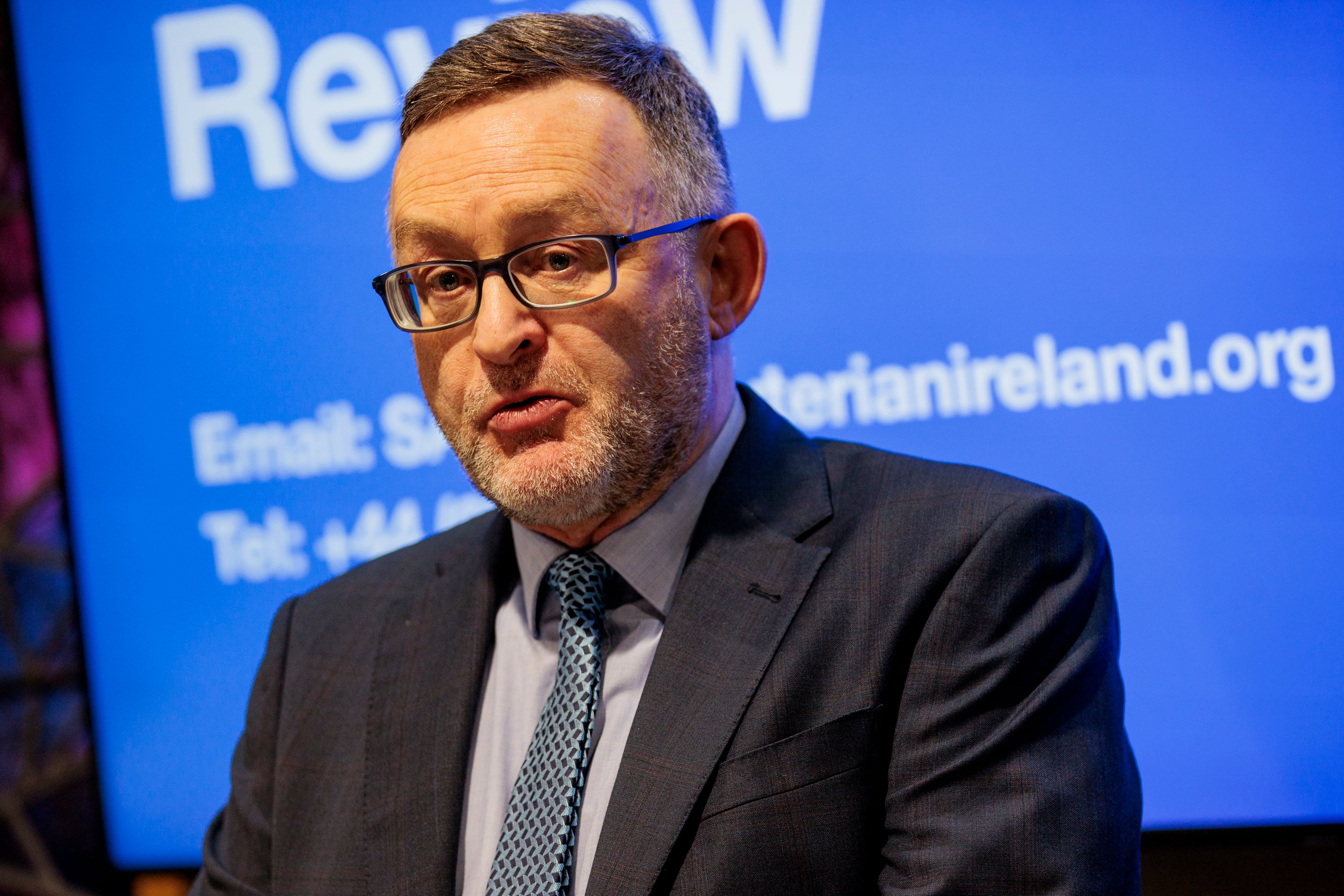In January 1988, former minister for foreign affairs Seán MacBride died. At his funeral, a retired schools inspector with the Department of Education approached MacBride’s sometime colleague and later adversary, Noel Browne.
He wanted to tell Browne about the long-time Catholic archbishop of Dublin John Charles McQuaid. According to Browne’s widow Phyllis, speaking in 1999, her husband did not want to listen: “Noel didn’t want to even hear this. He was fed up with politics by this time. He wanted to just get home and forget about Seán MacBride and all the rest of them.”
But the man was insistent, and Browne met him in a hotel the following day. He gave Browne a detailed account of how McQuaid allegedly sexually assaulted a young boy in the upstairs room of a pub in Drumcondra in Dublin.
Browne was convinced the informant was sincere and well informed. He wrote a semi-fictionalised version of what he had been told, referring to McQuaid as “John the Bishop”.
READ MORE
In 1999, John Cooney, the veteran religious affairs correspondent successively of The Irish Times and the Irish Independent, included this account in his excellent biography, John Charles McQuaid: Ruler of Catholic Ireland. He stressed that he had not been able to verify it, but argued that he had a duty “to put it in the public domain and to plead, plead for an understanding of this point so that we can have a debate and try and find what the sources are”.
There were good reasons to criticise Cooney at that time. McQuaid was one of the giants of the first 50 years of independent Ireland, a figure as significant in his own way as Éamon de Valera.
The allegation was – and remains – uncorroborated hearsay, drawn from the archives of a man whose ministerial career had effectively been ended by McQuaid. No journalist or historian would publish it as fact and no court would admit it as evidence.
Cooney was widely attacked for his decision to include it in his book, even with those caveats. The leading historian of modern Ireland, Ronan Fanning, denounced his publication of the story as “outrageous”.
However, Fanning, and many more of Cooney’s detractors, went further than criticising this choice. They used it as a basis to attack Cooney for, as Fanning put it, “a series of gratuitous references to instances of the sexual abuse of children by priests who served in the Dublin archdiocese and to the sexual and physical abuse of orphans in Artane and Goldenbridge. Dr McQuaid is smeared by association…”
That was the consensus at the time. Yet two things have happened over the past 20 years that cast a different light on Cooney’s decision.
The most recent is that we now know that McQuaid’s religious order, the Holy Ghost Fathers (now called the Spiritans) and his original power base, Blackrock College, had a deep culture of child sexual abuse.
McQuaid was Blackrock’s dean of studies from 1925 to 1931 and president of the college from 1931 to1939. It was through Blackrock that McQuaid formed his potent alliance with de Valera, who studied and taught there and then sent his sons to be educated under McQuaid’s tutelage.
De Valera, in turn, used his influence with the Vatican to have McQuaid appointed as archbishop. The bond between these Rock men bound Ireland to their shared ideologies.
The second thing we learned, from the Murphy report into clerical abuse of children in the Dublin diocese, published in 2009, is that McQuaid was an active enabler of paedophiles. He knowingly allowed, for example, two successive child abusers to work as chaplains at the children’s hospital in Crumlin.
When parents complained about another flagrant abuser, Fr James McNamee, McQuaid told McNamee to “forget about it” and made him a parish priest in my home place of Crumlin. He would turn up at breaktime in St Agnes’s primary school on Armagh Road to hold little boys by the hand and ask them to come for a spin in his Lancia Delta sports car.
McQuaid was rigorously consistent – in ensuring that abusers were protected from the law and allowed to carry on destroying young lives.
Does any of this show that McQuaid was himself a child abuser? No – but it does suggest that, as Cooney put it in 1999, we should “try to find out”.
There is still a darkness at the heart of the whole terrible saga of priestly predation in Irish society. There was nothing unique about this abuse, but its scale and persistence are remarkable.
And they are explained by one thing: utter impunity. We can’t understand this scourge if we do not grasp the absolute nature of the licence to predate that was issued from on high and renewed over many decades.
It takes a long time, and a lot of power, to create a system in which terrible crimes are not merely not confronted but are institutionally and culturally encouraged. What was happening to the boys in Blackrock in the 1980s was surely what had happened to other boys for decade after decade.
McQuaid is in the DNA of the Irish State – he helped De Valera write the Constitution. It is not possible fully to know ourselves if we cannot decode that genome.

















